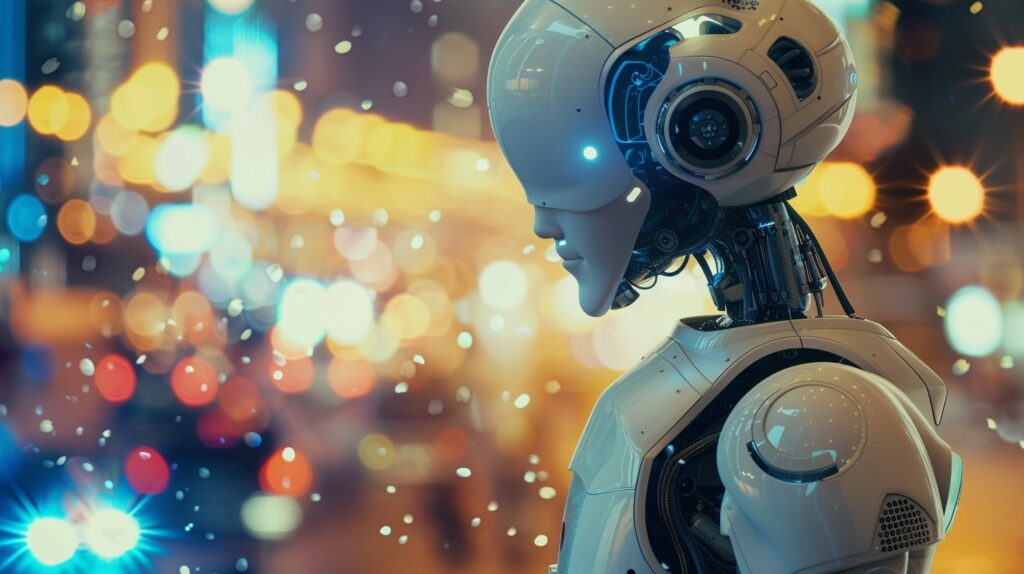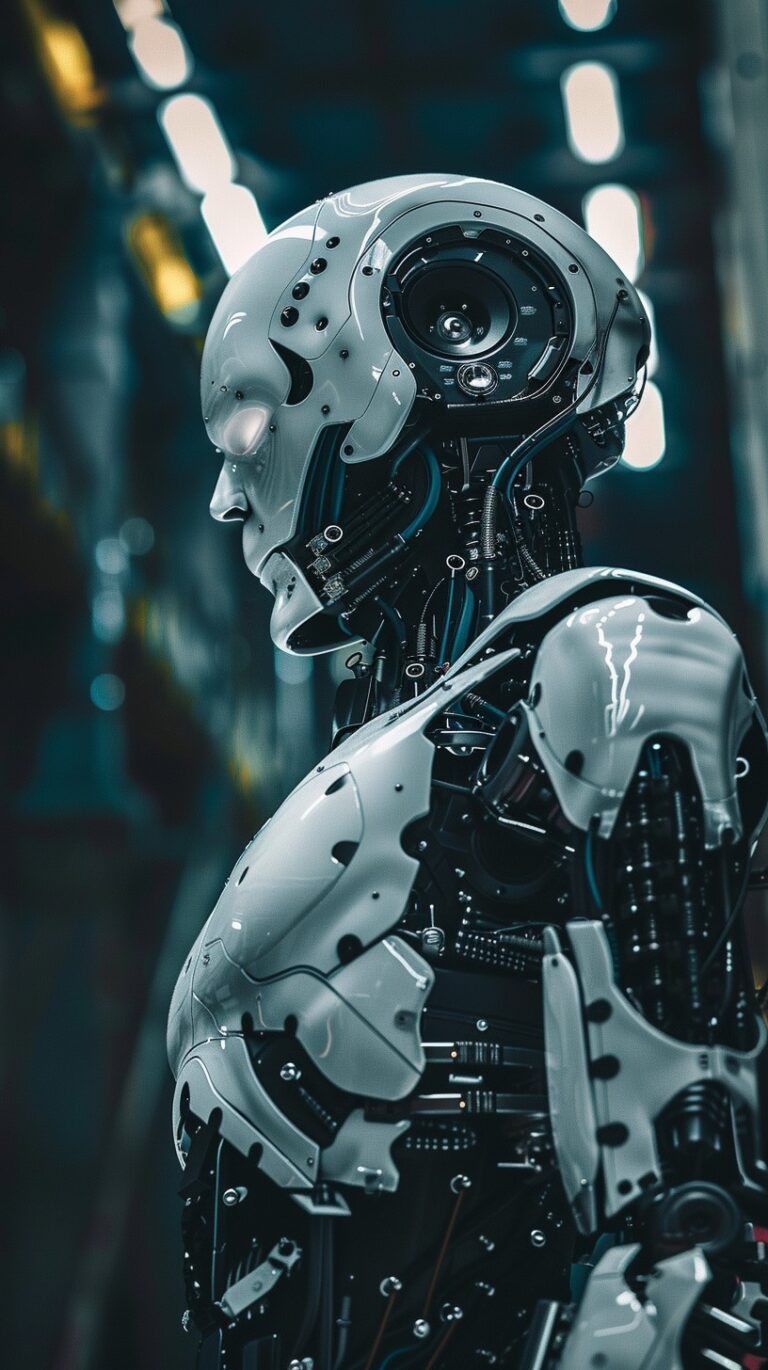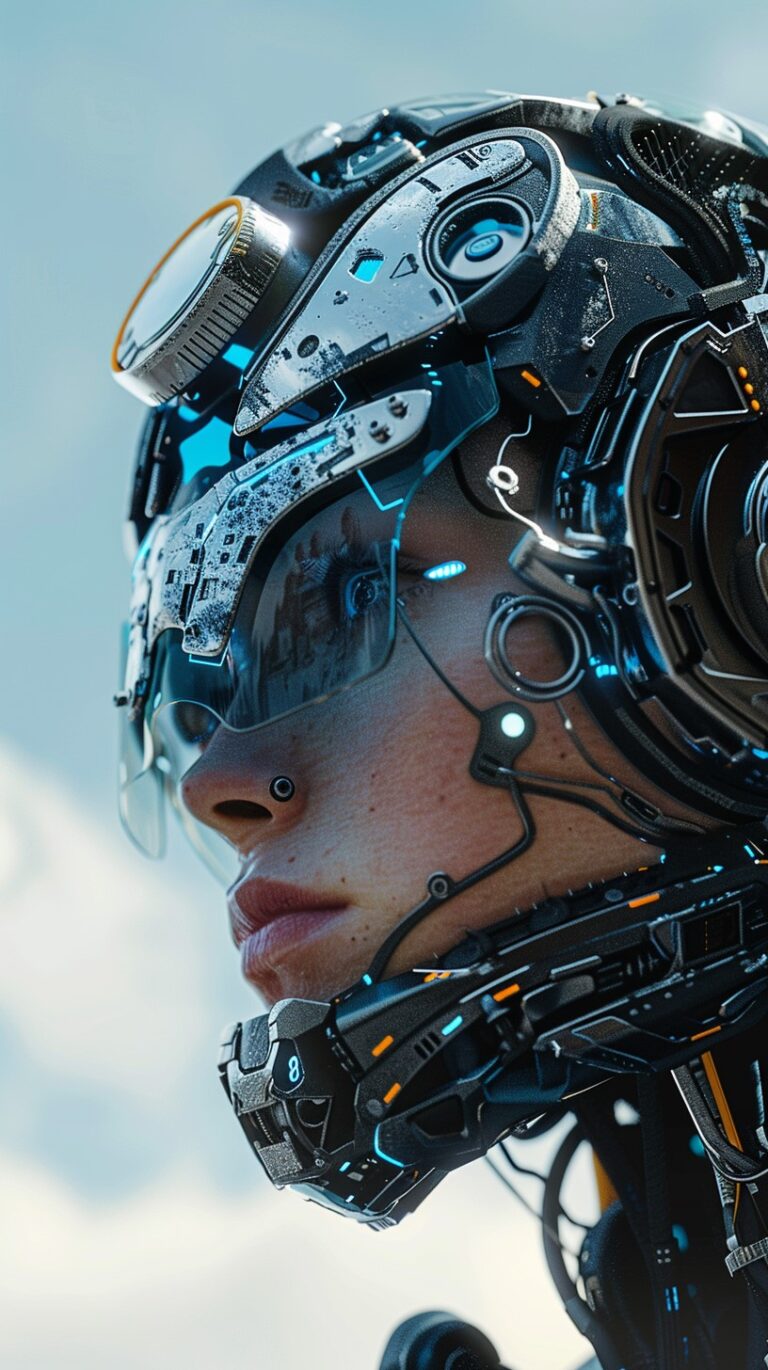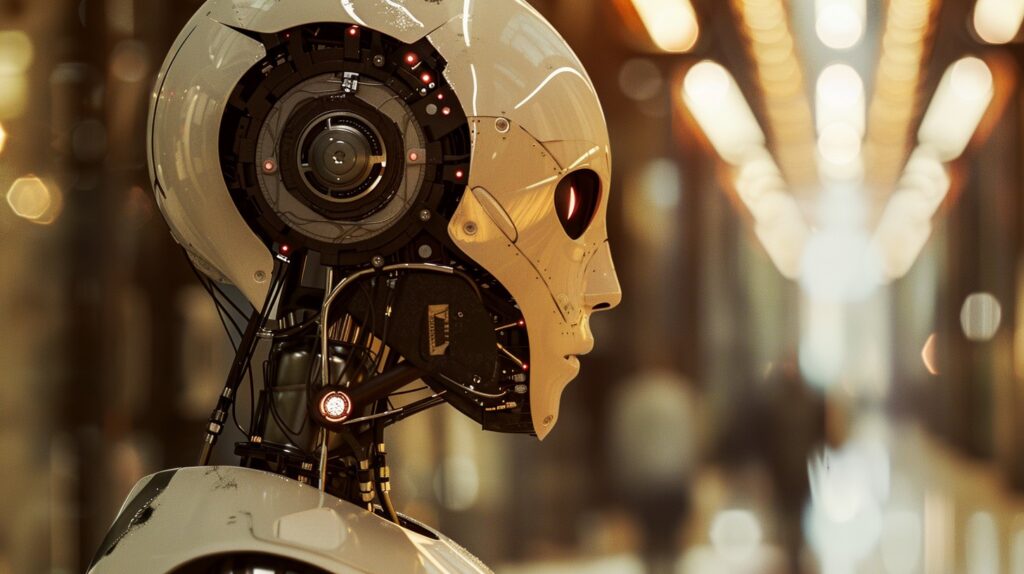The Balance of Power Shifts as AI Enters the Peacekeeping Domain

In an age where technology rapidly reshapes how societies address conflict, Artificial Intelligence (AI) is stepping into the peacekeeping arena with significant promise. Globally, from developed nations’ capitals to conflict-stricken regions, AI technologies are being applied to revolutionize peace and conflict resolution methods. With studies suggesting AI-driven interventions could reduce conflict incidents by up to 30% in pilot areas by 2024, the shift toward using digital strategies in peacekeeping efforts signifies a critical moment in managing global conflict dynamics.
Digital Peacekeeping's New Horizon

AI’s role in peacekeeping operations marks a significant shift in conflict resolution strategies. AI’s ability to predict escalation points in volatile regions offers a proactive stance in peacekeeping. Through analyzing extensive data, including social media activity, economic indicators, and conflict histories, AI provides insights into potential unrest. The Global Peace Index Report 2024 highlights that AI-enhanced initiatives have improved early detection rates by 15% over traditional methods.
Yet, this shift brings skepticism. Critics argue that AI’s analytical prowess might oversimplify complex human conflicts. An industry expert shared, “AI’s analytical capabilities are impressive, yet it misses the nuanced understanding essential for grasping the cultural and societal intricacies driving conflicts.”
This transformative approach raises questions about the future role of AI in the fabric of global peacekeeping. As AI systems become increasingly sophisticated, their potential to act as mediators in conflict resolution scenarios grows. However, this future vision necessitates a collaborative effort among technologists, diplomats, and conflict resolution experts to ensure AI’s contributions are constructive and culturally sensitive.
Ethical Challenges
The ethical dimension of using AI in peacekeeping is as significant as its potential benefits. Questions about accountability, transparency, and misuse potential arise, underscoring the need for careful consideration in AI’s deployment for peace. Balancing AI’s use in peacekeeping while protecting human rights is a complex challenge.
There’s a thin line between surveillance for protection and invasive monitoring. The industry expert mentioned, “Ethical AI use in conflict resolution demands a framework focused on transparency and accountability to avoid diminishing trust in protective institutions.” Surveys show that 70% of the public backs AI use in peacekeeping, contingent on stringent ethical guidelines and oversight.
Moreover, the incorporation of AI in peacekeeping strategies necessitates a reevaluation of international law and ethical standards. As AI systems can process and analyze data at an unprecedented scale and speed, their deployment raises critical questions about the decision-making process in conflict zones. Ensuring that AI applications respect human dignity and international humanitarian law is paramount. This requires technological safeguards and a global consensus on ethical AI use in peacekeeping operations, emphasizing the importance of human oversight and ethical decision-making frameworks that align with universal human rights standards.

Forward-looking Conflict Resolution

The path to integrating AI in peacekeeping is filled with promise and challenges. Developing international standards and ethical guidelines is vital for ensuring AI benefits humanity. The industry expert provided a reflective yet optimistic view: “AI holds great promise for peacekeeping, but its effectiveness will depend on our capacity to use it wisely. The aim should be to augment, not replace, human conflict resolution efforts.”
As AI’s role in peacekeeping expands, its potential to foster global peace and security becomes more apparent. However, the journey is just beginning, marked by opportunities and challenges. As society ventures into this new territory, human wisdom must guide AI’s application, ensuring it aids rather than divides.
The evolution of AI in peacekeeping necessitates a collaborative global effort. As nations and organizations embark on this journey, the importance of sharing knowledge, experiences, and best practices cannot be overstated. This collective endeavor aims to harness AI’s capabilities while mitigating risks and ethical dilemmas. By fostering an environment of international cooperation, the global community can pave the way for AI to become a reliable ally in the pursuit of lasting peace.
Bridging Technology with Humanity

AI’s integration into peacekeeping goes beyond technological innovation, standing at a critical intersection where technology meets human needs. As AI systems predict and mitigate conflicts, their impact on human-centric peacekeeping becomes a focal point. AI’s data processing capability offers unique advantages in identifying conflict patterns and trends, yet concerns about the loss of empathy in conflict resolution persist.
The expert emphasized the importance of a balanced approach: “AI’s true potential in peacekeeping lies in its ability to enhance human judgment. It’s essential to find a balance where AI tools empower peacekeepers with insights while preserving the ethical considerations foundational to conflict resolution.”
This collaborative approach between technologists, peacekeepers, and policymakers aims to create AI systems that are intelligent and attuned to human conditions. By focusing on ethical implications and human values in AI development, the future of peacekeeping can evolve into one where technology facilitates understanding and cooperation.
As society progresses, the integration between AI and human efforts in peacekeeping will likely dictate the success and ethicality of future conflict resolution strategies. This path towards using AI for peace underscores humanity’s continuous quest for harmony, showcasing the potential to leverage technological advancements for the greater good.



